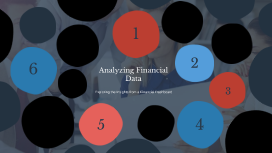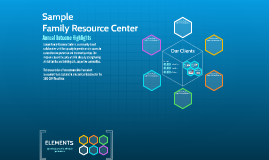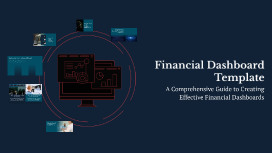Financial Data Analysis
Transcript: Revenue Breakdown The previous year's total revenue reached $1.5 million, with 60% deriving from product sales and 40% from service contracts. Seasonal promotions contributed significantly in Q4, highlighting a peak in sales activity during the holidays. Expense Overview Profit Margins Previous Year Data Total expenses for the previous year amounted to $1.2 million, with operational costs accounting for 70% and marketing expenses constituting 15%. A thorough review of expense allocations highlights potential areas for cost efficiency improvements. The overall profit margin was 20%, indicating a healthy balance between costs and income. Product sales yielded a higher margin of 30%, while service contracts operated at a lower margin of 10%, reflecting differing business operations. Analyzing the previous year's financial data provides valuable insights into revenue streams, expense patterns, and profitability. This analysis sets the foundation for understanding how financial performance has evolved over time. Key Financial Ratios Key ratios for the previous year include the Current Ratio of 1.5, indicating good short-term liquidity, and the Debt-to-Equity Ratio of 0.4, showing a balanced approach to financing. These ratios reflect the company's solid financial health and operational efficiency. Introduction to Financial Data Yearly Financial Overview Financial data encompasses various metrics such as revenue, expenses, and profits, reflecting a company's fiscal health. Analyzing these metrics provides insights into business trends and operational efficiency. Analysis of the data Importance of Yearly Analysis Yearly analysis is crucial for identifying growth patterns and cost control. It enables businesses to predict future performance based on historical data, fostering strategic planning and resource allocation. Year-on-Year Growth Rates Comparative Analysis The analysis highlights a 10% increase in revenue and a 5% rise in expenses from last year. Profit margins improved by 3%, reflecting effective cost management strategies over the year. Financial Data Analysis Areas of Improvement This section evaluates the financial performance by comparing year-on-year growth rates, trends, and areas needing improvement. Understanding these elements is crucial for strategic planning and informed decision-making. Identifying Trends Objectives of Comparison Trends indicate a rising demand for our key products, aligning with market shifts towards sustainability. Additionally, digital sales channels have shown a 15% growth, surpassing traditional sales methods. Operational expenses have increased by 7%, suggesting a need for tighter budget controls. Additionally, customer acquisition costs rose by 12%, indicating potential inefficiencies in marketing tactics. The primary objective of comparing financial data year-over-year is to gauge performance improvement. This comparison helps identify strengths to capitalize on and weaknesses to address, ensuring sustainable growth. Graphical Representations Visual data representation shows a clear upward trend in revenue streams alongside a downward trend in customer complaints. This graphical analysis aids in understanding the financial health at a glance. Comparative Overview of Yearly Trends Future Financial Projections Q&A Session The insights drawn from the financial data analysis foster a robust understanding of trends and strategies. Open floor for inquiries—engaging with stakeholders is essential to refining strategies and embracing collaborative solutions for future growth. Based on current trends, the forecast for the upcoming year suggests a revenue increase of approximately 20%, assuming effective execution of recommended strategies. Expenses are expected to stabilize due to increased operational efficiencies, enhancing profitability further. Profit Margins The profit margin for the current year stands at 40%, compared to 35% the previous year. Improved cost controls and a focus on high-margin products have contributed to this increase, indicating better operational efficiency. Key Financial Ratios Current year key financial ratios include a current ratio of 2.5, indicating strong liquidity, and a return on equity (ROE) of 18%, reflecting effective management of shareholder equity. These metrics highlight financial stability and the ability to generate shareholder returns. Strategic Recommendations Conclusions and Recommendations Expense Overview Present Year Financial Data Total expenses have risen to $900,000, marking a 10% increase from the previous year. Key areas of expenditure include salaries (50%), operational costs (30%), and marketing investments (20%), all critical to sustaining growth and competitive positioning. This section provides a detailed breakdown of the current year's financial performance, highlighting key areas such as revenue, expenses, profit margins, and crucial financial ratios that define overall health. Understanding these components is

















